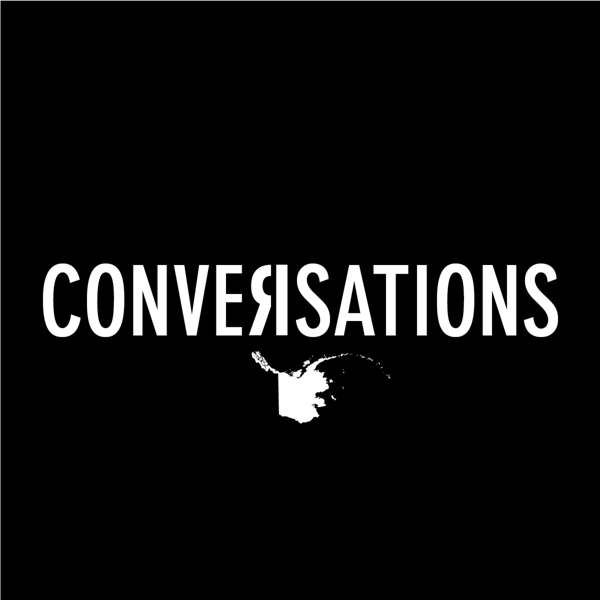Chatter Marks EP 041 The things beyond our sensorial understanding with LaMont Hamilton
Crude Conversations
crudemag
5 • 884 Ratings
🗓️ 5 July 2022
⏱️ 93 minutes
🧾️ Download transcript
Summary
Transcript
Click on a timestamp to play from that location
| 0:00.0 | The idea of the Black Arts movement, poetry that was relatable in every day, but also had |
| 0:23.2 | a level of creativity with the use of language that I can't say I had never heard because a lot of |
| 0:32.2 | it was vernacular, African-American vernacular, which I knew very distinctly, but to see it and |
| 0:38.0 | hear it on page, it was just a different type of experience and opened up the idea what art was |
| 0:47.0 | and could be. And I think that was the first fissure for me to start to understand what the |
| 0:54.9 | potential of art was. That was Lamont Hamilton. He's an interdisciplinary artist who's interested |
| 1:01.8 | in exploring the things beyond our sensorial understanding. When he was young, he drew portraits |
| 1:07.9 | of figures that he admired, Jimmy Hendrix, Che Guevara, Malcolm X. He called it scribble art, |
| 1:15.3 | a term he invented to describe abstract art that the longer you look at it, the more it reveals. |
| 1:21.8 | Then, as he got older, he became interested in photography. But he says that his first love, |
| 1:27.5 | the one that he considers to be the foundation of his work, is poetry. He says that a lot of what he |
| 1:33.7 | does cannot easily be translated to words. It needs to be experienced and understood through our |
| 1:39.5 | senses. To sit with it and to meditate on it opens us up to its energies and allows ideas to gravitate |
| 1:46.6 | toward us. When this happens, we create a situation that nurtures a deeper conversation with the world |
| 1:53.0 | around us. Right now, he's in residence at the Anchorage Museum working with poets, artists, |
| 2:00.4 | and musicians, and developing a light and sound installation called to hear the earth before |
| 2:05.9 | the end of the world. It features sounds of elements, air, earth, fire, water, and ether, |
| 2:14.5 | and field recordings from Europe and North and South America, sounds of our changing earth. |
| 2:20.7 | He says that, unlike a painting, this exhibition is an experience that encounters you, |
| 2:26.1 | you don't encounter it, because it's going to be playing whether you're there or not. |
| 2:30.6 | So here he is, Lamont Hamilton. |
| 2:39.4 | Welcome to Chattermarks, a podcast of the Anchorage Museum, dedicated to exploring Alaska and |
... |
Please login to see the full transcript.
Disclaimer: The podcast and artwork embedded on this page are from crudemag, and are the property of its owner and not affiliated with or endorsed by Tapesearch.
Generated transcripts are the property of crudemag and are distributed freely under the Fair Use doctrine. Transcripts generated by Tapesearch are not guaranteed to be accurate.
Copyright © Tapesearch 2025.

